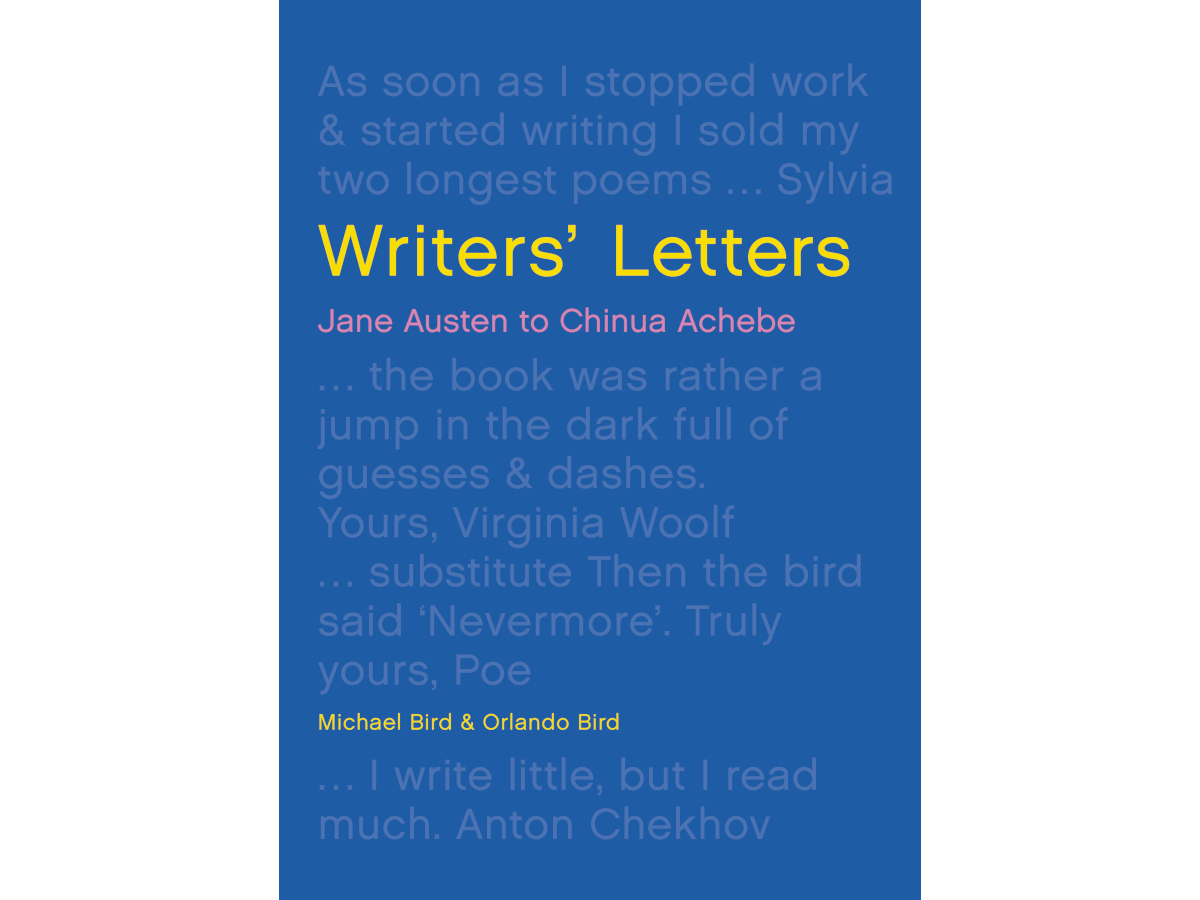I’m a fan of historical letters. Letter writing is a bit of a lost art; emails just don’t have the same weight, and social media posts certainly lack depth most of the time. Writing a good letter, one that’s written sequentially with no significant editing later on, is a practiced skill, one which most of us have lost (or never had).
Over the past half dozen years or so, I’ve noticed that letters from famous people have been gathered together in collections more frequently. This makes them easily accessible to those of us without a lot of time to do academic research, which is a huge win. I’ve soaked up these anthologies with glee.
For me, the fascination with reading letters began when I had the chance to review the first volume of Letters of Note and continued with its subsequent volumes and collections (Letters of Note: Volume 2, Lists of Note).
Then, I discovered the treasure trove of letters from my great-grandfather to my grandmother when he was over in Berlin in 1946, working as a civilian with the U.S. Army, which I inhaled and also transcribed. (In that case, he had written both personal letters to my grandmother and “circular” letters meant to be passed around among family members to save effort and postage on his part.)
A new book, collecting together letters by a long list of famous writers, is entitled Writers’ Letters: Jane Austen to Chinua Achebe by Michael Bird & Orlando Bird. It follows a previously published book called Artists’ Letters: Leonardo da Vinci to David Hockney by Michael Bird (2019). Each of these books includes almost 100 letters fitting their theme, and are further divided up into sub-topics. The letters cover hundreds of years, and give a brief inside look at each author’s personal or professional life.
Some of the writers included in Writers’ Letters are: T.S. Eliot, Sylvia Plath, Goethe, Jane Austen, and Jack Keroac; some of the artists included in Artists’ Letters are: Frida Kahlo, Leonardo da Vinci, Yoko Ono and John Lennon, Alexander Calder, and Auguste Rodin. There’s definitely something for everyone here, from those who prefer classical works of writing and art to the more modern styles.
Additionally, each book’s cover is particularly neat. They are both hard cover books, but instead of dust jackets, they’re printed directly on the lovely-feeling cover with title, subtitle, and author(s). But, also, excerpts from a few of the letters are actually debossed into the cover, adding to the visual and touch sensory delight. I’m a fan.
Okay, diving into the books themselves. After a brief introduction, each book is mostly filled with the letters divided into sub-topics such as, for Writers’ Letters, Before They Were Famous, Literary Business, and Leave Taking, and for Artists’ Letters, Family & Friends, Love, and Travel.
Each letter included in the book features a visual copy of the original (or a portion thereof) and a transcription of the whole letter—if it’s short—or, more commonly, select parts of the letter. Also included is a decently long description of the context of the letter, including background on the letter’s author and context for the letter’s content. Soak up the moment of letter writing, and then turn the page: you’re off to the next letter!
The very back of the book includes a chronology of the letters (1499-1988 for the writers, 1482-1995 for the artists) and then an index.
I love seeing the original images of these letters and postcards, seeing someone’s handwriting, what paper or stationery, and ink or typewriter they chose to use. What doodles they put on the page (this was more common in the artists’ book, for obvious reasons). And, in many cases, it’s particularly helpful to read the transcribed version instead of the original. Because the handwriting legibility… varies.
Books like these feel meaningful to me because they transport me back in time to another age, often another place, and let me visit the mind of someone who is/was capable of creating something great. They remind me that anyone can create marvelous things; we just need to put our mind to it and keep forward momentum. If I were to improve one thing about these books, though, it would be to include visual copies of the full letters and have full transcriptions. I really prefer to see the whole picture. I’m not sure if the publisher was just pressed for space, or had licensing issues, or some other reason, but I’m always left wanting more after reading the letters in these books that are incomplete.
Of the two, I prefer Writers’ Letters because, frankly, the letters are often much better written! But I also relate more to the writers than the artists as well. But both books are fantastic and make a nice pairing.
These books may inspire you to write your own long-form letters, or learn more about some of these writers and artists. They definitely sent me to the Googles more than once. There are enough letter writers in each volume that you’re sure to discover someone new. Also, some writers have more of their letters collected together in other works, such as Jane Austen and Franz Kafka (the latter of which I’ve reviewed in the past).
Letters are such personal things, designed to be read by the recipient but usually by no one else. But here we are, reading people’s personal writings in these correspondence collections. It does feel a bit voyeuristic, but it’s also a great way to really learn about a person. Whether they would have liked us to or not.
Writers’ Letters is brand new and comes out November 9, 2021. Artists’ Letters is already available. If you enjoy peeking into the lives of famous writers and artists, I do recommend these books to you. And then use them as a jumping off point to dig deeper into their other published works.
Note: I received a copy of these books for review purposes.



